Hello,
The project we're working on is a Power Factor Corrector, PFC board for a customer that uses them to power ozone-reactors for industrial washing machines.
More specifically, it is an interleaved boost PFC where the logic is powered externally with 15V. It is modelled after this evaluation board from Infineon EVAL-PFC5KIKWWR5SYS. The PFC output is connected to a 4.3 kW load for testing purposes.
When performing tests, we noticed that the inductors reached quite high temperatures compared to that of the reference design from Infineon. Interestingly, one of the inductors showed a different temperature than the other: one (Inductor A) being at 105 and the other (Inductor B) at 70 degrees celcius.
Measuring the gate signals GA and GB on an oscilloscope showed a difference in maximum duty cycle that the gate drivers outputted. The gate driver inputs (GDA and GDB) from the PFC IC (UCC28070A) have duty cycles that match their respective GA and GB gate driver outputs.
GDB (left) and GDA (right). Measured while having the PFC board connected to a 4,3kW load.
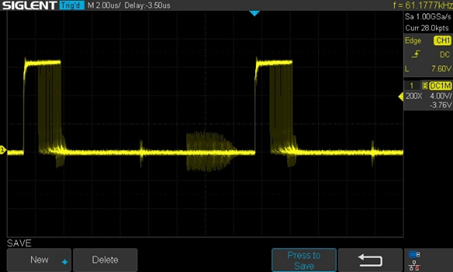
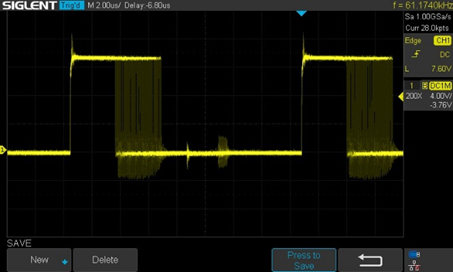
We assumed that it had to do with the feedback signals. The current-sense signals, CSA and CSB (coming out from the CS transformers) can be configured individually with passive components so we measured their waveforms. Here is the schematic with the CSA and CSB signals. we probed right above the two 22 ohm resistors.

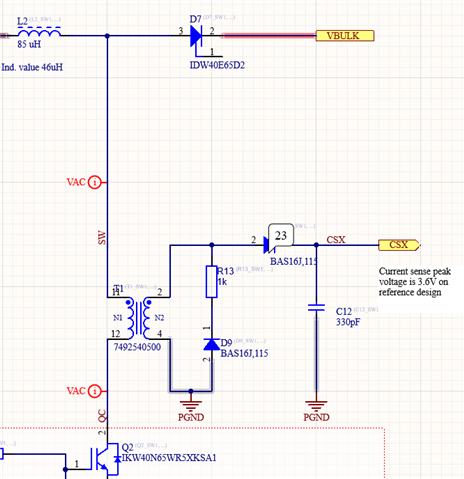
Measuring CSA and CSB on the oscilloscope showed a difference in the voltage slope. Here are the waveforms, CSA (left) and CSB (right).
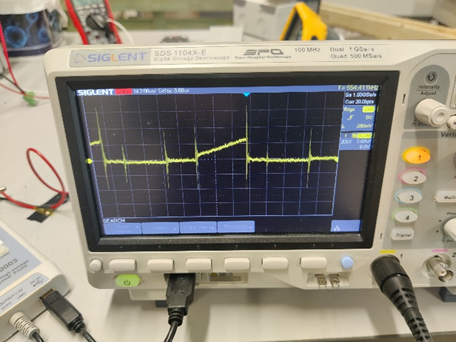
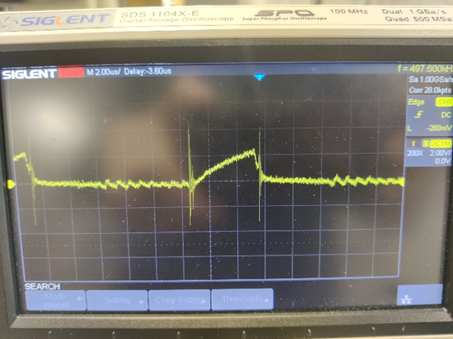
Why is the second CSB voltage sloped like that? It also seems to drop before reaching the IGBT switching spike which also seems wrong. Is this related to the problem with the Inductor heating up differently? We have replaced the passive components but the problem persists.
I appreciate any help I can get and hope I have made myself clear. I am quite new to electronics, not to mention power electronics so forgive me any unclarities.

